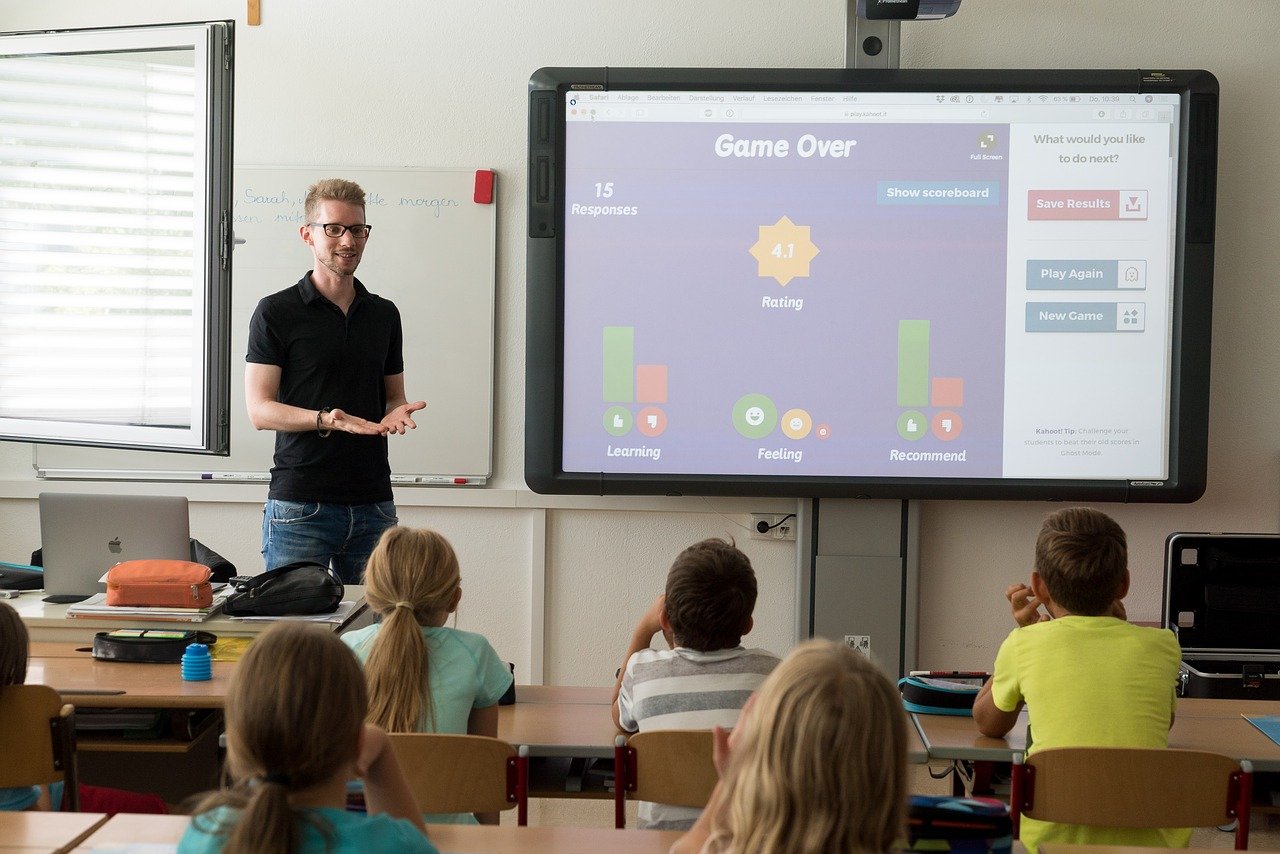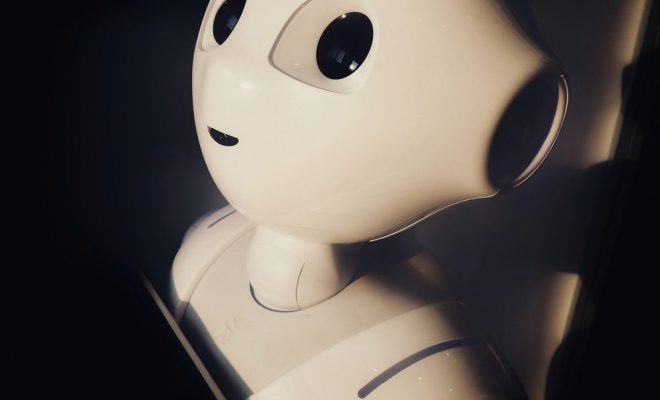Taming Big Data in Education with Cognitive Computing

The world is drowning in data. We are creating 2.5 quintillion bytes of data every day. That is 2.5 followed by 18 zeros!
But that figure is a moving target. Thanks to the growth of the Internet of Things (IoT) the data we’re creating is expanding by the second.
The thing is, if you can’t make sense of the vast amount of data your organization is creating, you are sitting with a worthless creation.
Structured and unstructured data
Historically, academic institutions focused on analyzing structured data to gain insights into their students’ and their own level of performance.
Making sense out of structured data that appears on excel sheets and in report tables is relatively easy.
Structured data is defined as clearly defined data types whose pattern makes them easily searchable.
Unstructured data, on the other hand, needs a completely new analytical model. Unstructured data comes in the form of e-mail messages, videos, photos, audio files, presentations, webpages, and social media communications.
It is the continued proliferation of digital participation by everyone with a smartphone, and a computer that is contributing to the vast data sets universities are faced with.
The thing is, these unstructured data sets don’t show any obvious underlying patterns that can be analyzed for further insights.
A university executive resolution, for example, is the culmination of many discussions in meetings, countless emails and many revisions before the final decision. The eventual resolution is one data point, but it’s accompanied by so much unstructured data.
It is clear that traditional methods of analyzing and interpreting data no longer applies. It is not expedient to analyze time-sensitive data like a demonstration on campus through various reports after the event.
Cognitive computing
A new solution that involves cognitive computing is necessary to make sense out of the vast data generated in education.
The Cognitive Computing Consortium defines the technology like this: “It [cognitive computing] is able to address complex situations that are characterized by ambiguity and uncertainty; in other words, it handles human kinds of problems. In these dynamic, information-rich, and shifting situations, data tends to change frequently, and it is often conflicting.”
Finding patterns
Through cognitive computing’s ability to discover patterns, meaning can be derived from unstructured data. These patterns are invaluable for insights and decision-making, but they are not obvious. They can only be revealed by cognitive computing through machine learning algorithms.
Machine learning algorithms are able to determine how and what data groups are integrated, thus creating a degree of context, which helps to give structure to unstructured data.
Progressive academic institutions realize that they will have to embrace advanced technologies like cognitive computing to help them optimize their vast potential.
Specifically, cognitive computing, applied to unstructured data can lead to the discovery of insights and intelligence that remained obscured in the past.
The use of cognitive computing to make sense of big data will help tertiary institutions to deliver better, more personalized services that will benefit each individual student optimally.






